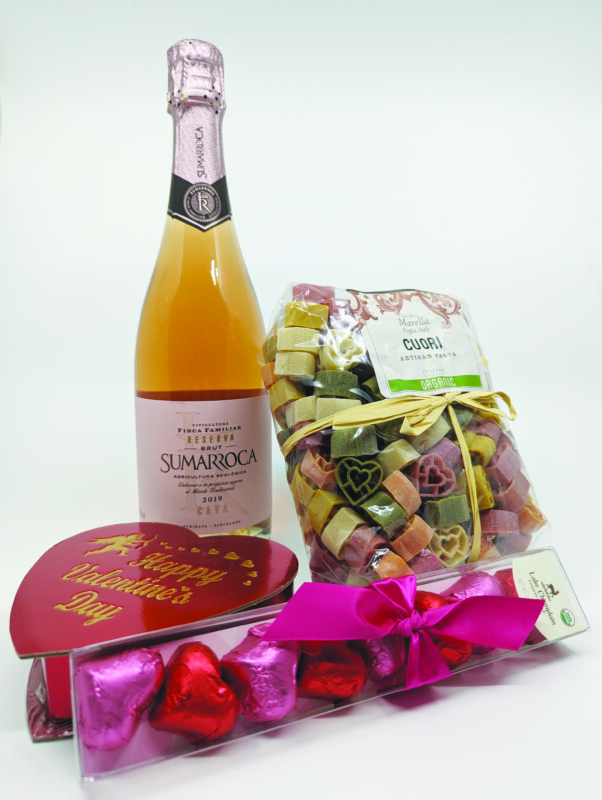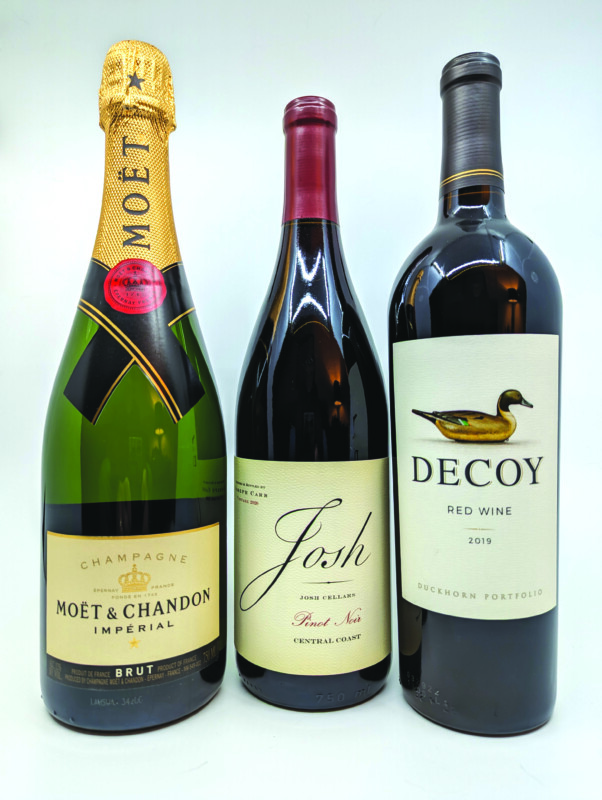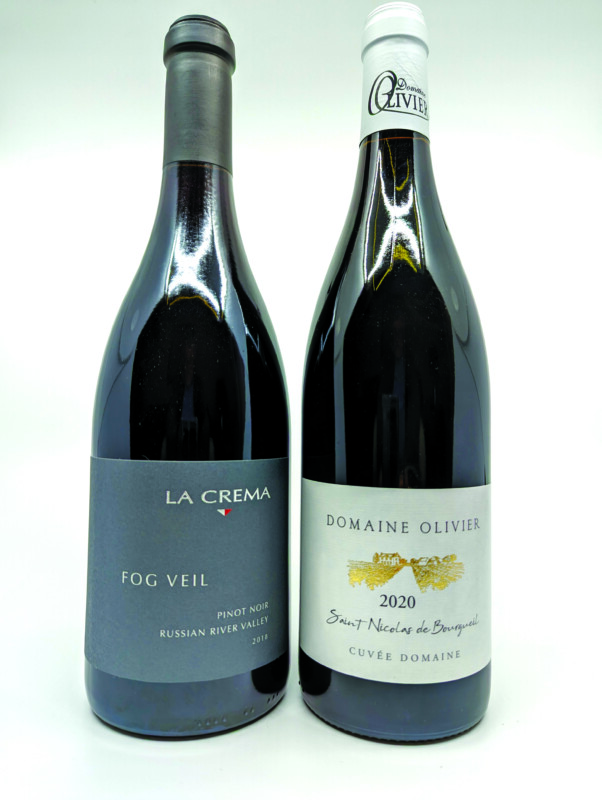A different way to sparkle on Valentine’s Day
It’s Valentine’s Day, and you want to create an amazing dinner for the one you love, but your food and wine skills need a little help. You want it to be special and not just a DoorDash or Grubhub delivery. You want to be themaster of the meal. After all, it is a special day that deserves that special meal, prepared, and not purchased by you!
For this special day, I chose to go to a venue to shop for that perfect dinner: Angela’s Pasta and Cheese Shop, on Chestnut Street in Manchester. I have patronized Angela’s since their very beginnings on Union Street in 1980, through their move to Chestnut Street in 1994, and I can’t begin to count the number of times I have been there. I have cultivated a taste for the different homemade fresh pasta, along with the variety of imported dried pasta.
If you can boil water, you can make pasta. Pick up a jar of sauce, or better, some Angela’s homemade sauce, fresh bread, and you are on your way! A salad or antipasto completes the meal, which can be finished with luxurious chocolates.
What kind of wine goes with pasta? A dry sparkling wine goes very well with a cream-based sauce like alfredo or if the pasta is simply dressed with extra-virgin olive oil and freshly grated Parmesan. A good cava from Catalonia is the perfect match for this dinner. The cava can be opened along with the antipasto course and will continue to pair well with the pasta. If there is a drop or two left in the bottle, it will work nicely with rich dark chocolate, as its minerality and high acidity will contrast nicely with the rich, creamy, smooth texture and intense flavor of the chocolate.
A 2019 Sumarroca Reserva Brut, available at Angela’s at $19.99, is the perfect accompaniment to this meal. This cava is made from 100 percent pinot noir grapes that grow in the Sant Sadurní d’Anoia region, just a few miles west of Barcelona, Spain.
According to the website for Bon Vivant Imports, a combination of several microclimates throughout the fields where Sumarroca wines come from, generated by warm climatic influences from the Mediterranean coupled with protection from the Montserrat mountains, and more than a dozen different soil types, makes for a wide range of still and sparkling wines from this region.
The bubbles rise in the glass, are persistent and tickle your nose. I agree with Bon Vivant’s description that the wine has aromas of wild strawberries, raspberries and slight floral notes of rose petals with flavors of cranberries and rhubarb. As advertised, this is a very crisp, dry and refreshing cava.
Featured photo: Photo by Fred Matuszewski.






